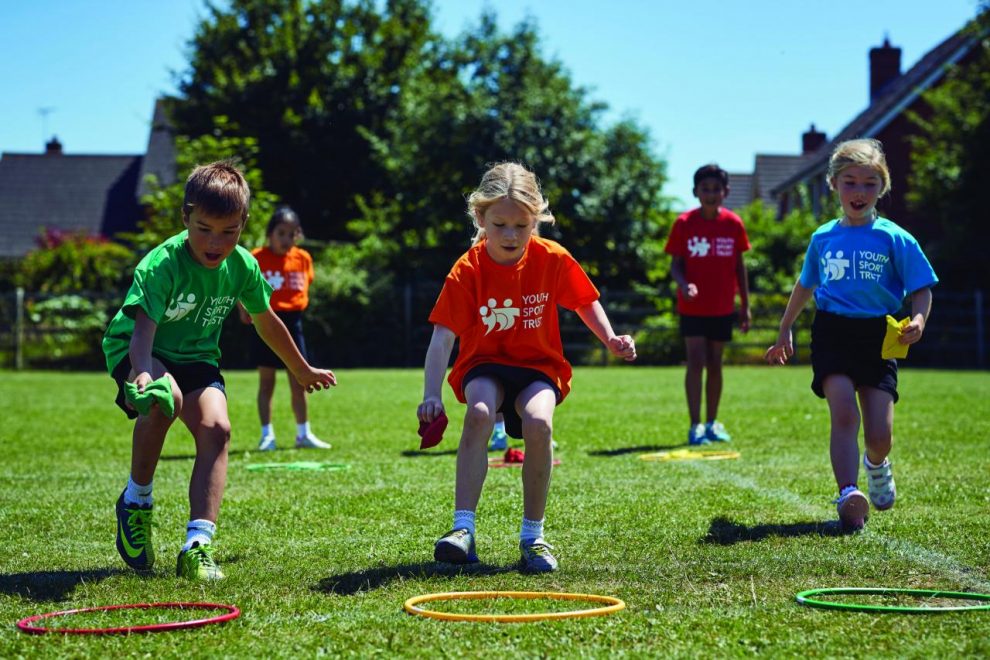Physical activity is absolutely essential for children’s growth, development, and long-term health. However, concerns over academic performance and safety have led many schools to cut back on physical education and outdoor play time. This is detrimental to children for many reasons. Regular physical activity and outdoor play provide a multitude of physical, emotional, social, and cognitive benefits. Prioritizing PE and play time better equips children to thrive both in and out of the classroom.
Benefits of Physical Education
A quality PE program introduces children to lifelong physical activities and instills healthy habits. Beyond physical fitness, research shows many academic and developmental advantages:
- Academic performance – Regular exercise improves concentration, memory, and classroom behavior. The CDC found students who took PE scored higher on academic assessments.
- Brain development – Movement stimulates brain cell growth and strengthens neural connections. Exercise boosts key brain chemicals for cognitive health.
- Stress relief – PE class provides a brain break and outlet for relieving anxiety. Physical activity helps manage mood and boosts resilience.
- Social skills – Games and sports require teamwork, cooperation, communication and conflict resolution. PE class builds relationship abilities.
- Coordination and motor skills – Physical skills develop through specific exercises and activities. PE strengthens balance, agility, and athletic capabilities.
- Lifelong health – Quality PE establishes healthy exercise habits and an intrinsic enjoyment of movement. This helps combat obesity and chronic disease.
The bottom line is that physical education provides both immediate and lifelong benefits that are absolutely essential to children’s overall growth and success.
The Decline of Physical Education
Despite the proven benefits, many educational institutions are cutting back on PE time and funding. A CDC survey found only 20% of elementary schools provide daily PE class for the recommend minimum of 150 minutes per week. Rates of daily PE plummet to just 8% by middle school.
Various factors have contributed to this decline:
- Academic pressure – With standardized testing spotlighted, schools devote more time to math and reading over “non-essential” classes.
- Budget cuts – PE is often first on the chopping block when funding is tight. Equipment and facility costs are high.
- Low prioritization – PE is not taken as seriously as academics and arts. Exercise is undervalued as part of well-rounded education.
- Safety concerns – Fears over injury liability and abductions curb outdoor play time. Liability risks lead some schools to prohibit physical contact games.
- Increased technology – Digital entertainment competes with outdoor play. Passive screen time is prioritized over active play time.
This de-prioritizing of physical activity directly contradicts research on the huge developmental, health, and academic benefits of robust PE programs starting early in childhood.
Integrating Physical Activity Throughout the Day
Given budget constraints and packed curriculums, schools can still maximize physical activity by integrating movement throughout the school day. Recess time, active lessons, “brain breaks”, and inclusive activities provide more ways to increase children’s heart rates.
- Recess – Provide at least 20 minutes of daily unstructured playtime. Allow running, jumping, climbing, and imaginative games.
- Classroom – Incorporate 2-3 minute “brain breaks” for stretching, dancing, jumping jacks. Have students pass out papers or stand up to answer questions.
- Transitions – Make lining up, switching rooms, and waiting into opportunities for exercise – march in place, follow the leader, dance to music.
- Academics – Integrate movement into lessons as visuals. Have students act out vocabulary, solve math problems with steps across the room, simulate historical events through role play.
- Inclusive – Ensure PE activities accommodate children of all abilities. Adapt equipment like softer or bigger balls, lower goals, and tactile pathways.
Schools must make physical activity an integrated priority, not an afterthought. The benefits clearly justify the time.
The Importance of Outdoor Play and Nature
Along with a robust PE program, regular outdoor play provides immense benefits beyond just exercise. Exploring nature enhances creativity, focus, and overall health. Unfortunately, children today spend half as much time playing outside as their parents did, missing out on valuable experiential learning.
Here are key advantages of outdoor play:
- Vitamin D – Sunshine provides essential vitamin D for bone development, immune function, and healthy hormones.
- Vision – More exposure to daylight helps prevent nearsightedness, increasingly prevalent in modern children.
- Exercise – Active free play like running, jumping, climbing builds fitness. Fresh air and green space encourage more vigorous activity.
- Mental health – Outdoor environments relieve stress, anxiety, and ADHD symptoms. Nature restores attention and boosts mood through calming effects.
- Social skills – Unstructured playground time allows kids to freely interact, improving communication and emotional intelligence.
- Creativity – Natural loose parts like sticks, stones, and flowers stimulate imagination and inventive play ideas not found indoors.
- Responsibility – Helping tend school gardens teaches children responsibility, caretaking, and respect for the environment.
Time spent in natural environments enhances all aspects of youth development.
In conclusion, active PE classes and abundant outdoor play time provide an essential foundation for educational success and lifelong health. Movement and nature exposure stimulate the senses, strengthen the body, build skills, fuel the mind, and restore the spirit. Schools must champion the immense developmental value of physical activity and outdoor play starting in early childhood. This will allow today’s tech-immersed, achievement-focused kids to thrive physically, emotionally, socially, academically, and beyond.

















